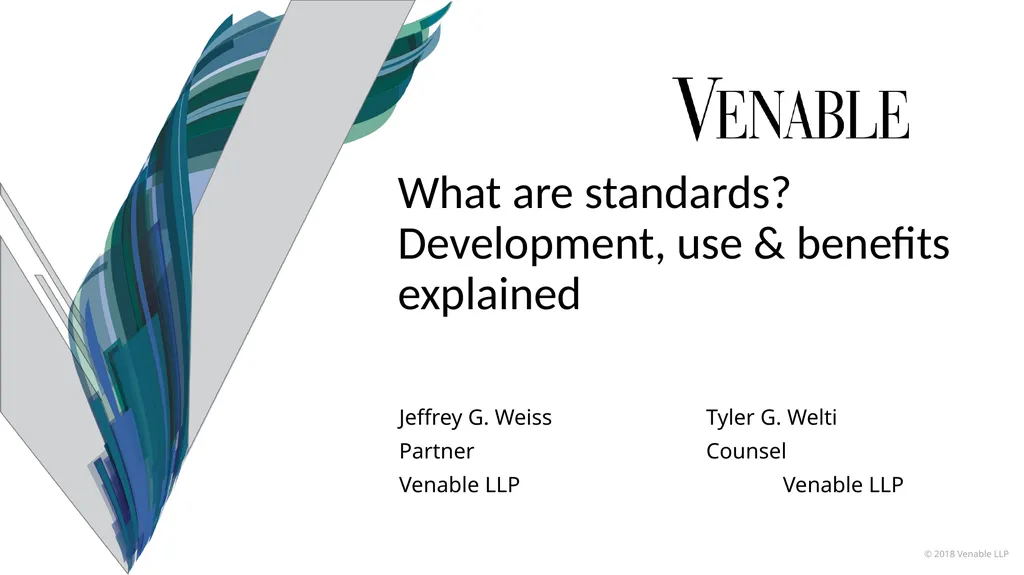
What are standards? Development, use & benefits
Author: danika-pritchard | Published: 2025-05-28
Description: What are standards? Development, use benefits explained Jeffrey G. Weiss Tyler G. Welti Partner Counsel Venable LLP Venable LLP Background on the development and use of standards 2 Background on standards What are standards? ISOIEC A
Download Presentation
Download the PPT/PDF: Download
Transcript:
Loading transcript…